It’s difficult to put together a definitive list of plants that you should never plant, because some of the species that are nuisances in the garden are lovely in containers. Some trees that certain gardeners can’t get enough of, other gardeners despise. With that in mind, we’ve put together a list of plants to avoid (or at least think twice about) when you see them in the wild or in a garden store. Whether they’re aggressive spreaders with strong root systems, produce smelly blooms, or are toxic to animals, there are more factors to consider here than just appearance. Take a look around our list, then take a look around your garden…are there any plants you’re struggling to deal with or wish you hadn’t planted?
Bamboo
Never say never. There’s a time and a place for bamboo, but unless you’re planting it in a container, you should be wary. Bamboo looks great; as a privacy screen, it can’t be beat. But it’s known to spread and spread. Because it develops thick rhizomes that form a sprawling root system underground, it can be hard to get rid of once it’s taken hold.
Bradford Pear
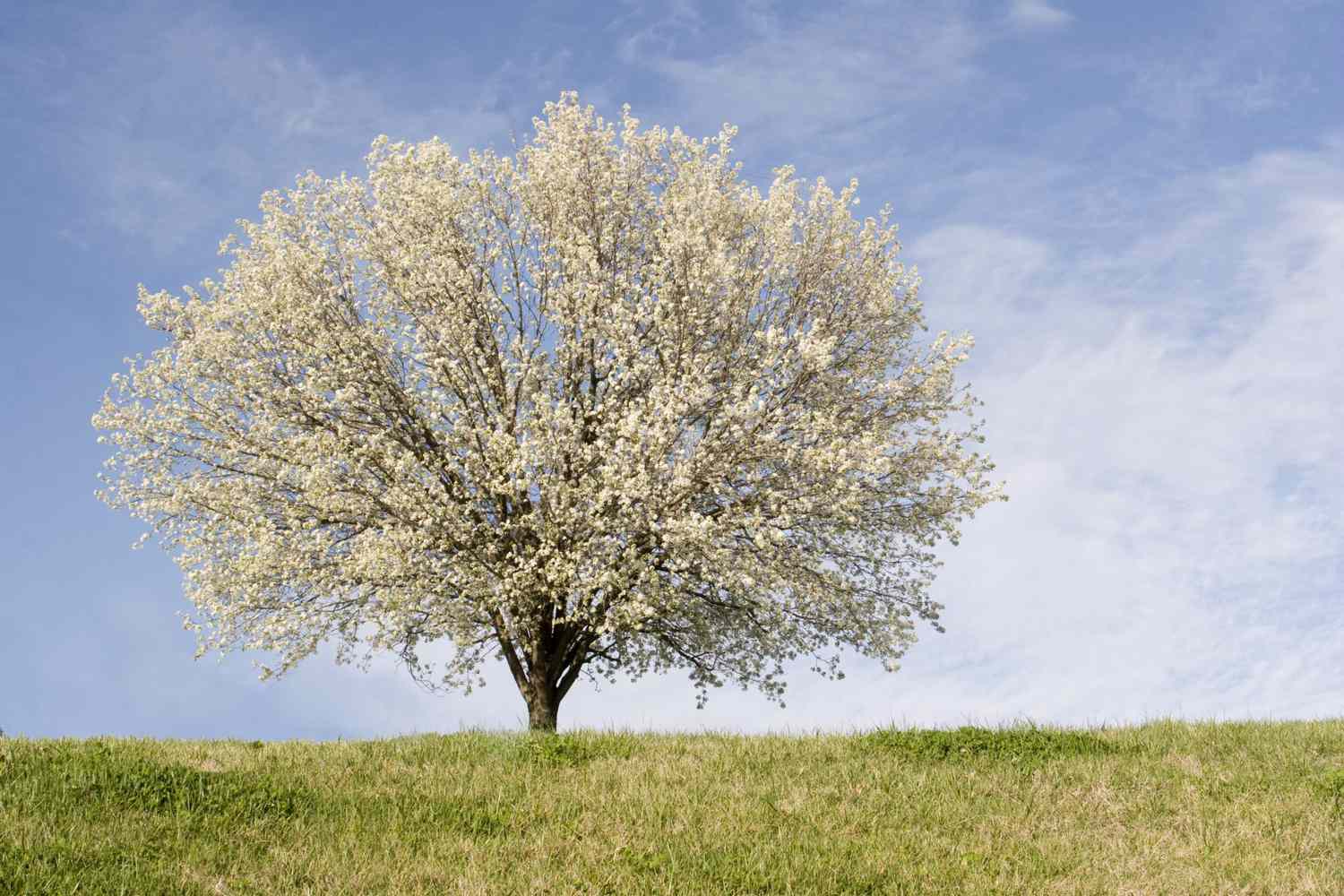
The Grumpy Gardener has some serious opinions about Bradford pear trees. In a phrase? Don’t plant them. Why? Weak branching structure; dense, grass-killing shade; and smelly flowers, for starters. There are better ornamental trees to plant; try a chaste tree or a Japanese maple instead.
Field Bindweed
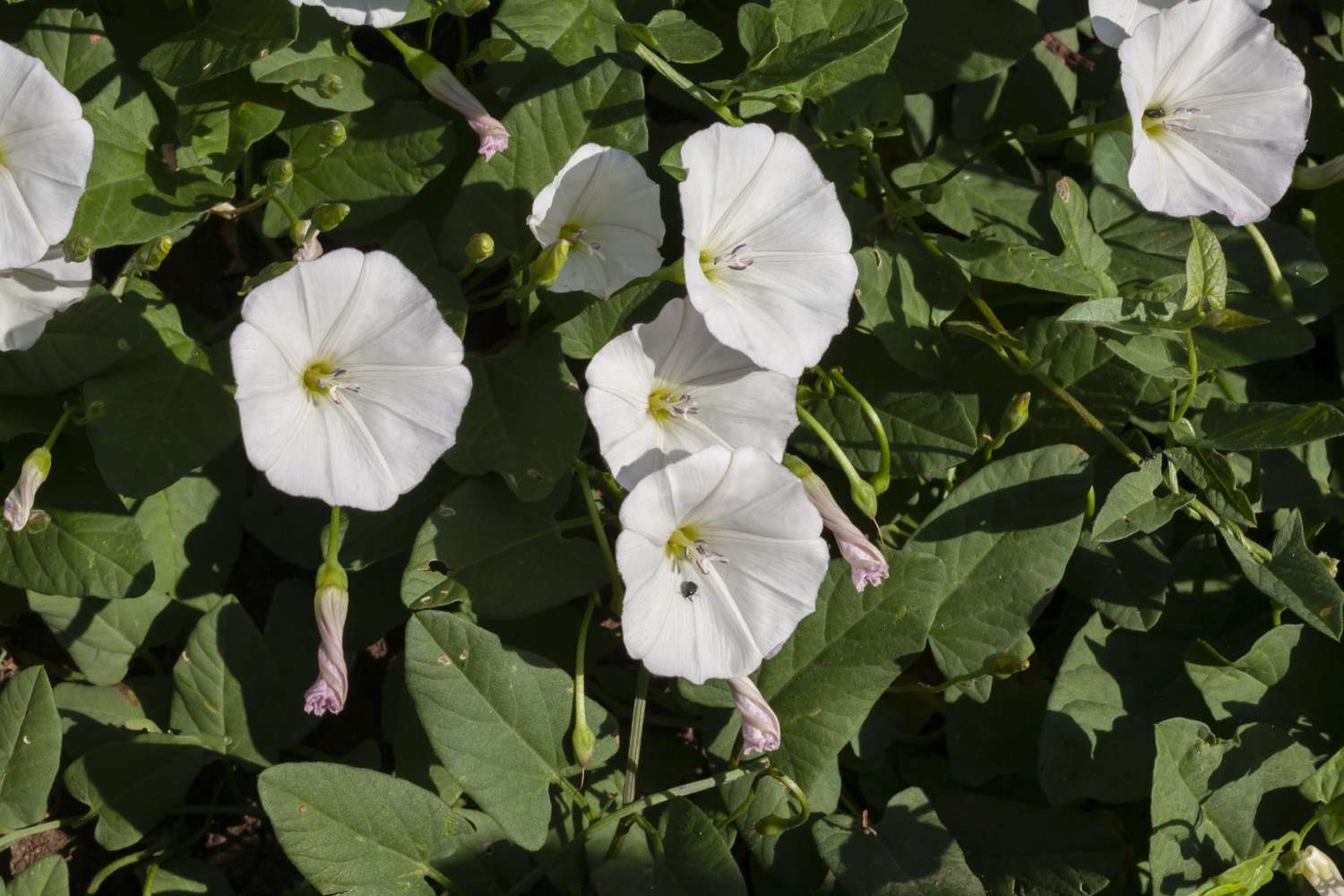
With its ballooning white and pink flowers, this plant might look pretty (it’s in the morning glory family after all), but it’s an annoying weed that you should stay far away from. Field bindweed (Convolvulus arvensis), is a real nuisance in fields–hence the name–and it’s rhizomatous, so it spreads underground and is difficult to eradicate. It’s also mildly toxic to animals that might be found in those fields.
Kudzu

You probably don’t need a reminder, but it just wouldn’t be an accurate list of plants to avoid without mentioning kudzu. Drive along interstates in the South, and you’ll no doubt pass acres of woods turned into kudzu cathedrals. The vine grows quickly, climbing and coiling itself around trees, and soon takes over. That quality has earned it the moniker «the vine that ate the South.»
Mimosa
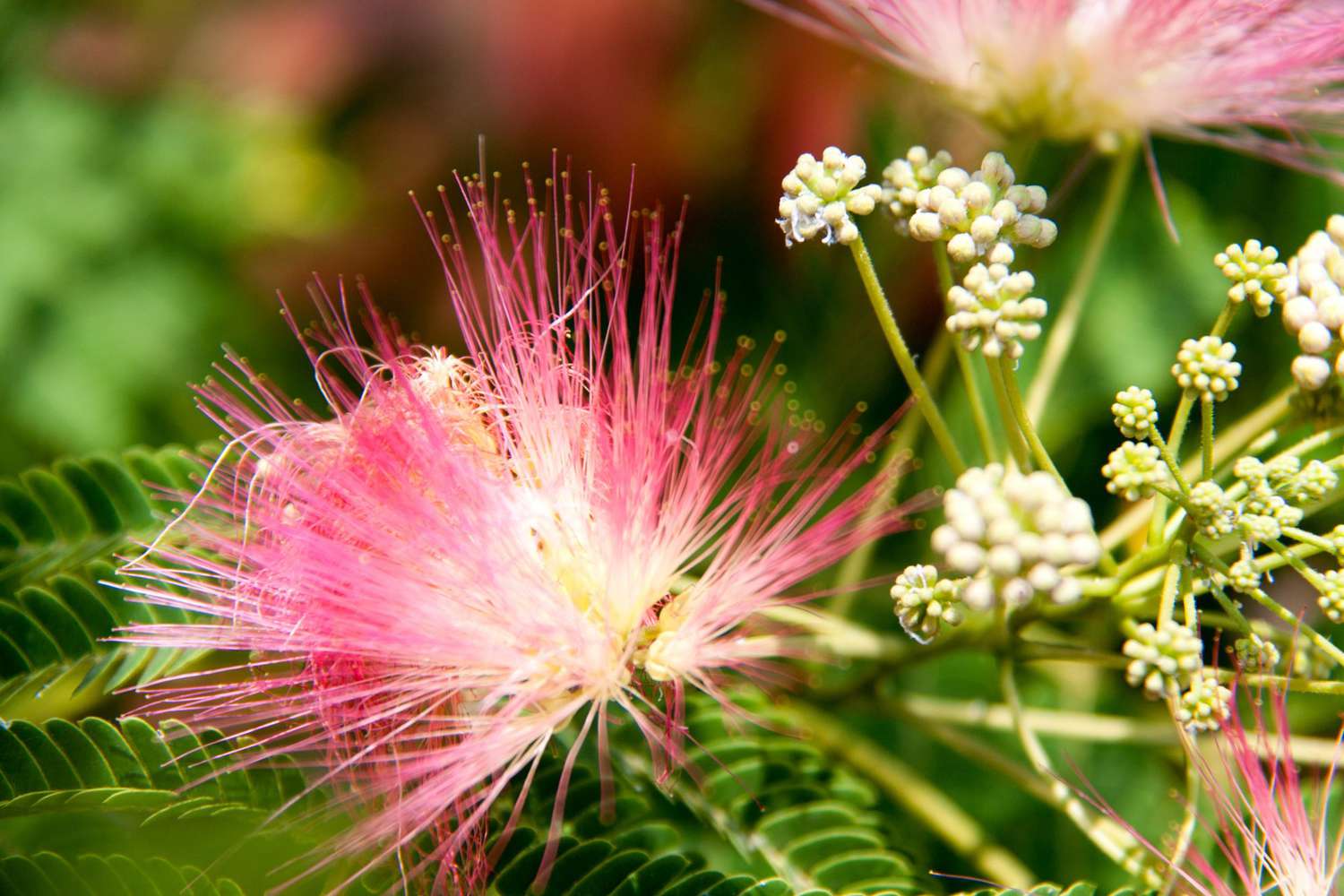
While mimosa trees are familiar sights in the South, they’re considered an invasive species. Also known as Albizia julibrissin and pink silk tree, mimosas are short-lived bloomers and drop hundreds of seedpods, which last through the winter. According to The Grumpy Gardener, «Plant one mimosa in the yard and soon every house in the neighborhood has two or three mimosas, coming up in the fence, the middle of a bush, or by the silver propane tank.»
Mint
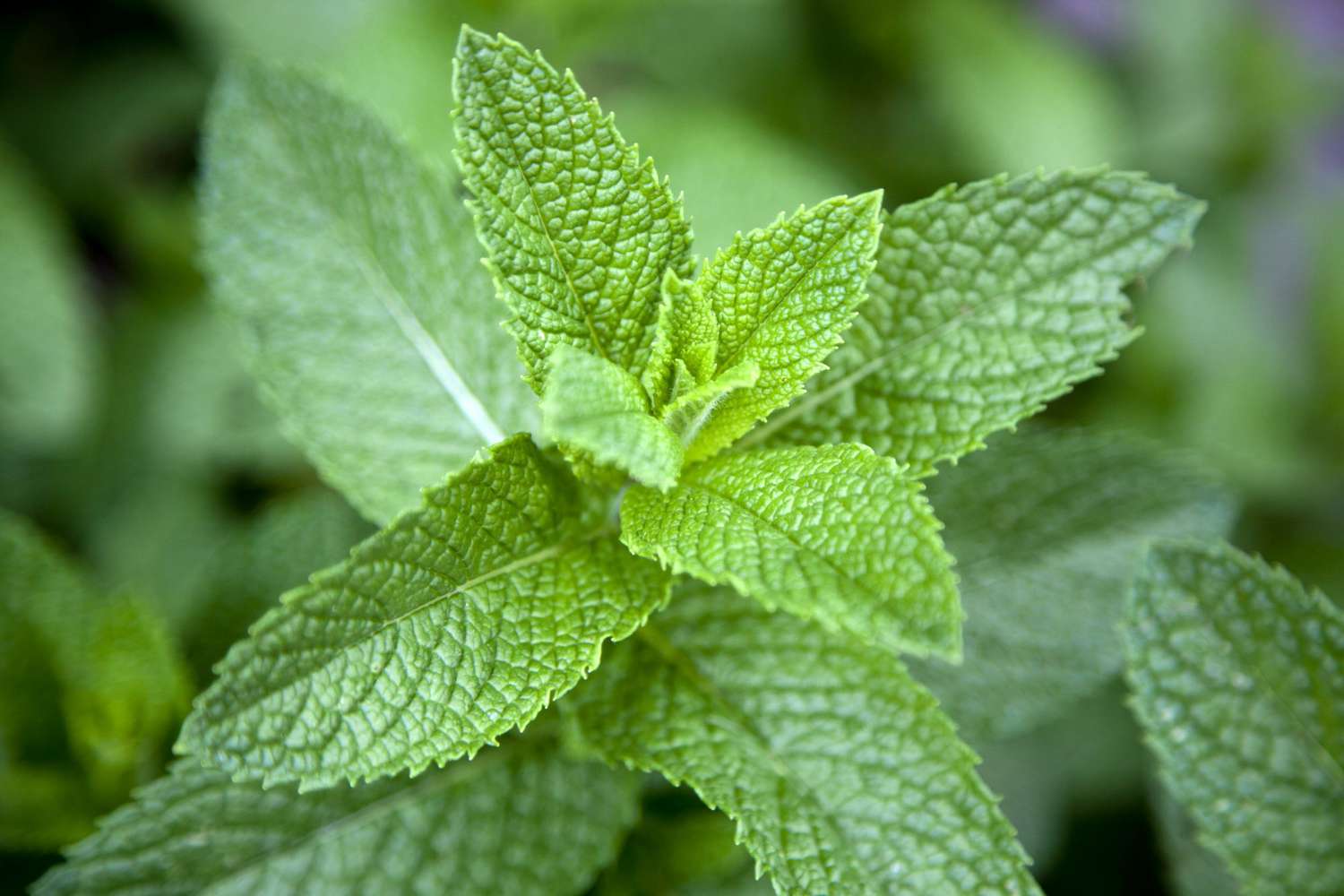
Keep it contained, or don’t keep it. This is a great herb for containers and window boxes because it’s so easy to grow (and because you can use the leaves in so many applications), but if you let it loose in your yard, mint is bound to spread. Its roots run everywhere and, without adequate attention, can take over flower beds and broader gardens.
Nightshade

A plant with a reputation for danger, deadly nightshade (Atropa belladonna) is a species to avoid. It’s a tall, bushy herb with blue-black berries, and its toxicity is legendary. Funnily enough, other members of the nightshade family (Solanaceae) are familiar and benign and include tomatoes and eggplants.
Privet

Privet, of the Ligustrum species, is a fast-growing shrub often used as hedging and for privacy. Unfortunately, The Grumpy Gardener deems it one of the most awful plants for the front of your house. Some species are invasive, and birds love the berries, which paint the sidewalks once the birds start dropping them.
White Mulberry
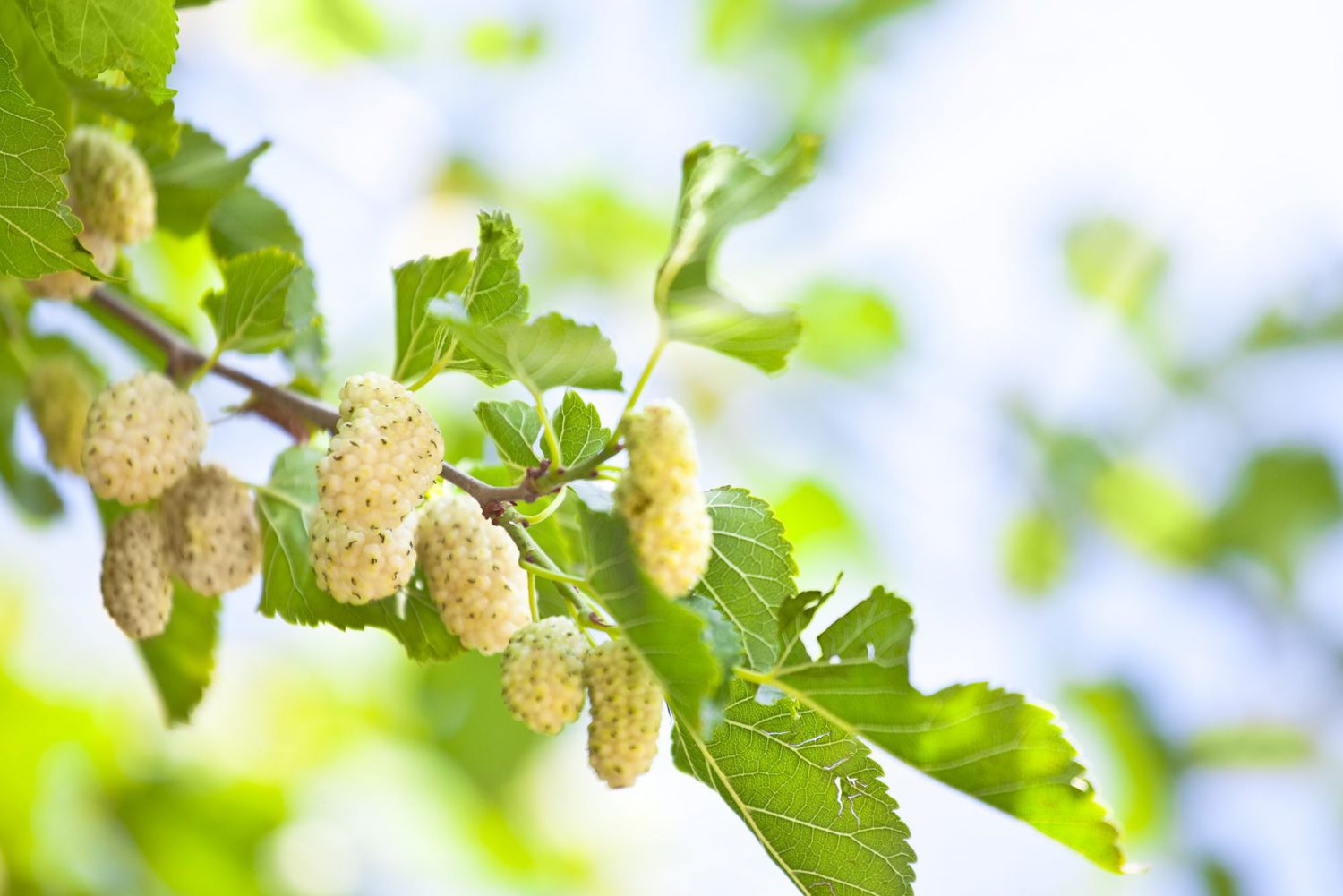
The white mulberry tree (Morus alba) has a powerful, aggressive root system. It’s loathed for its disruption (the roots crack pavement and pop up where they’re not wanted) and its pollen, which is often pinpointed as a trigger for serious allergies.
Wisteria
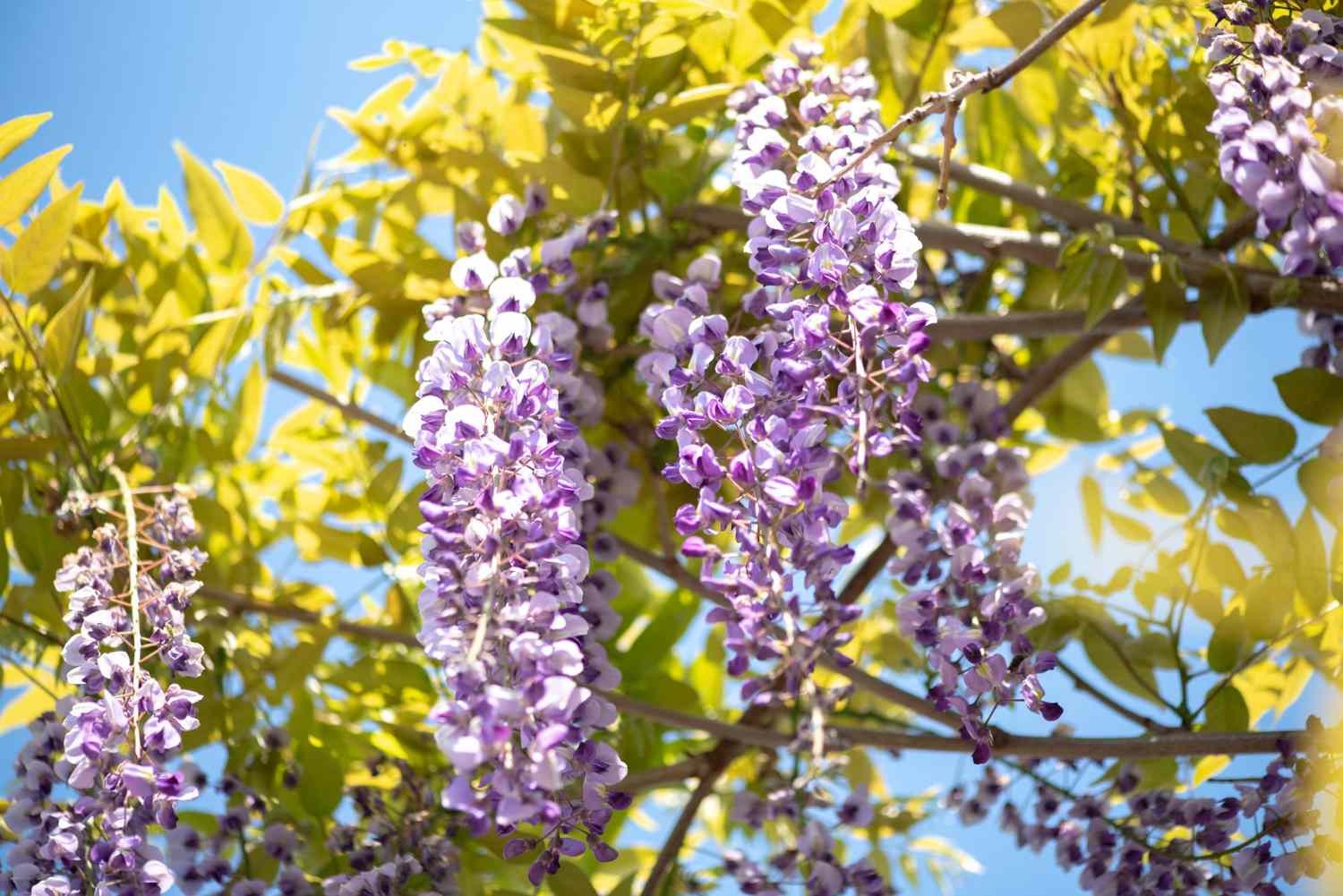
Ok, ok. This is another plant that we can’t entirely disavow. We love the look of wisteria. We love the fragrance the drooping purple flowers give off. However, if it’s not contained, wisteria can run wild. When your back is turned, it can easily take over your yard. If you must plant wisteria, look to some tamer vines like Kentucky wisteria (Wisteria macrostachya) and American wisteria (Wisteria frutescens), and keep the shears handy.